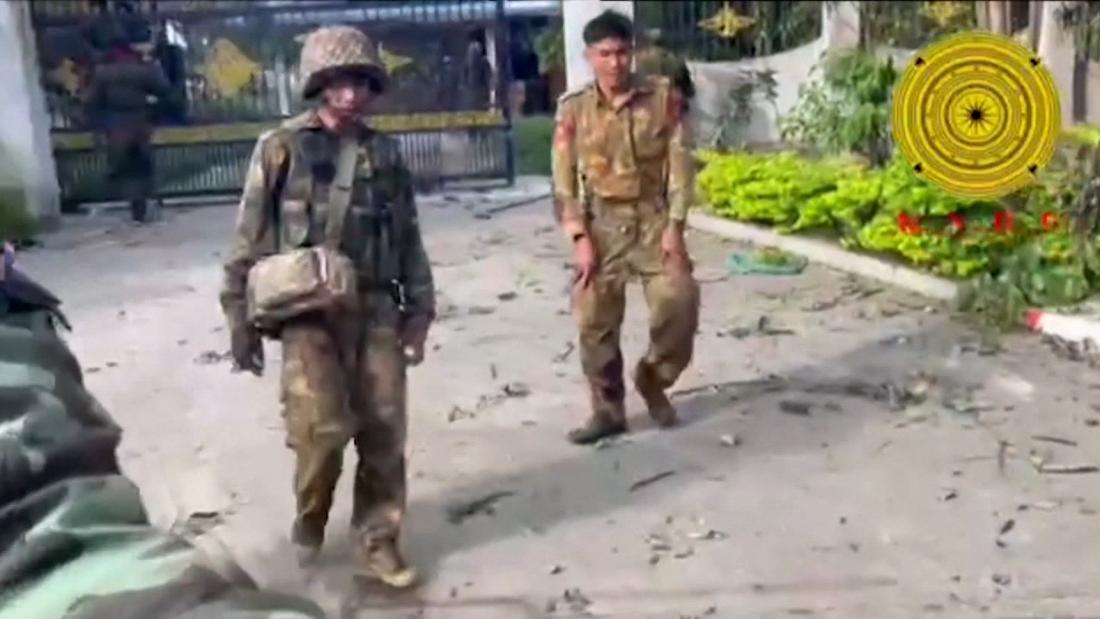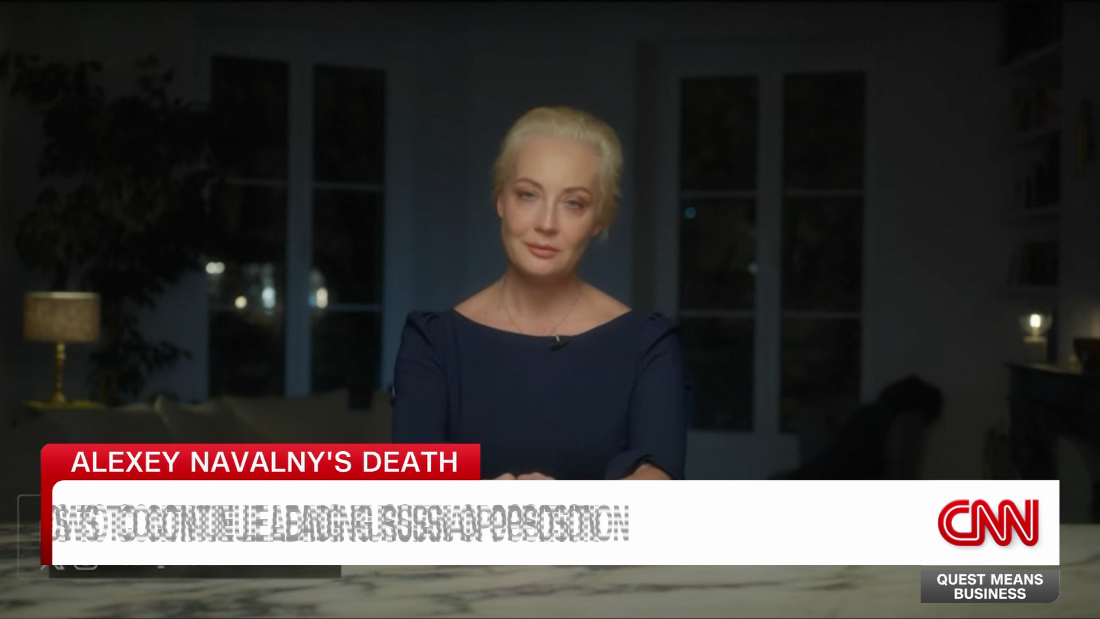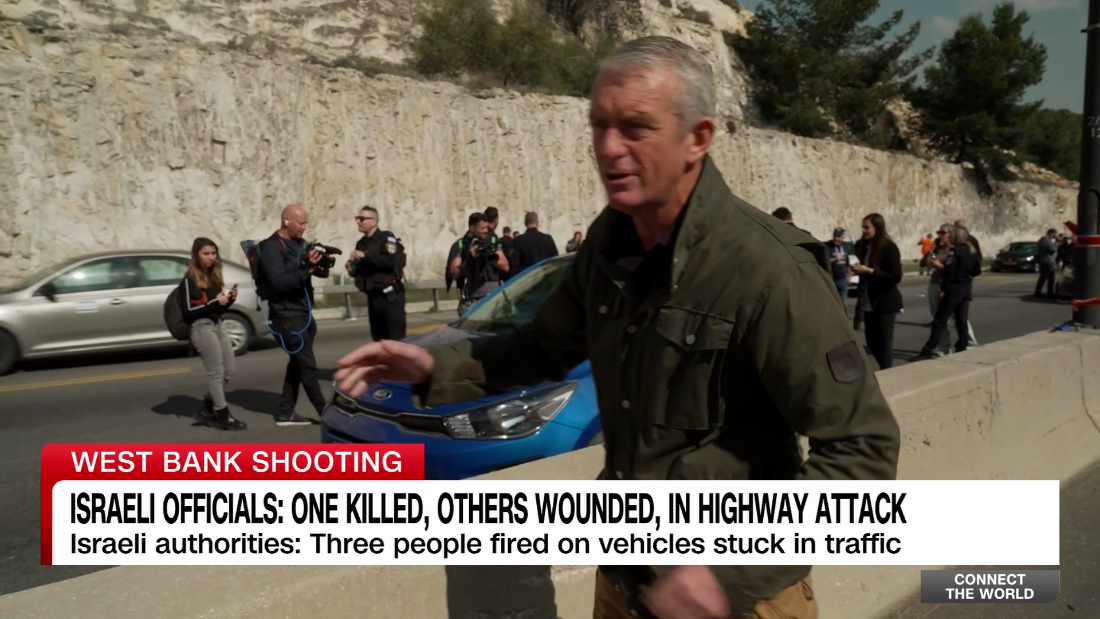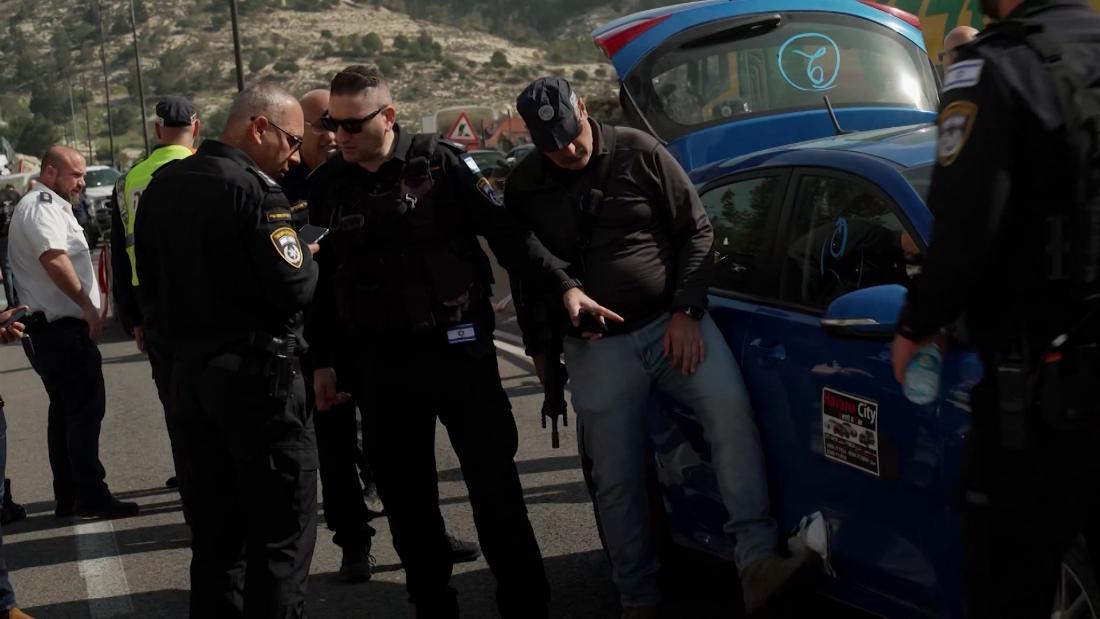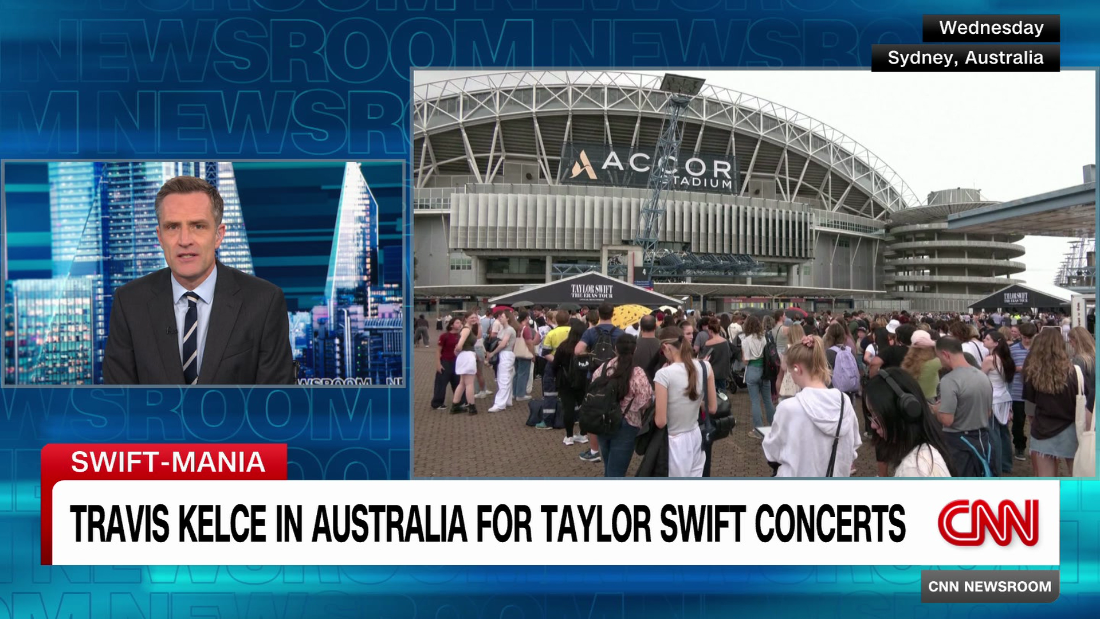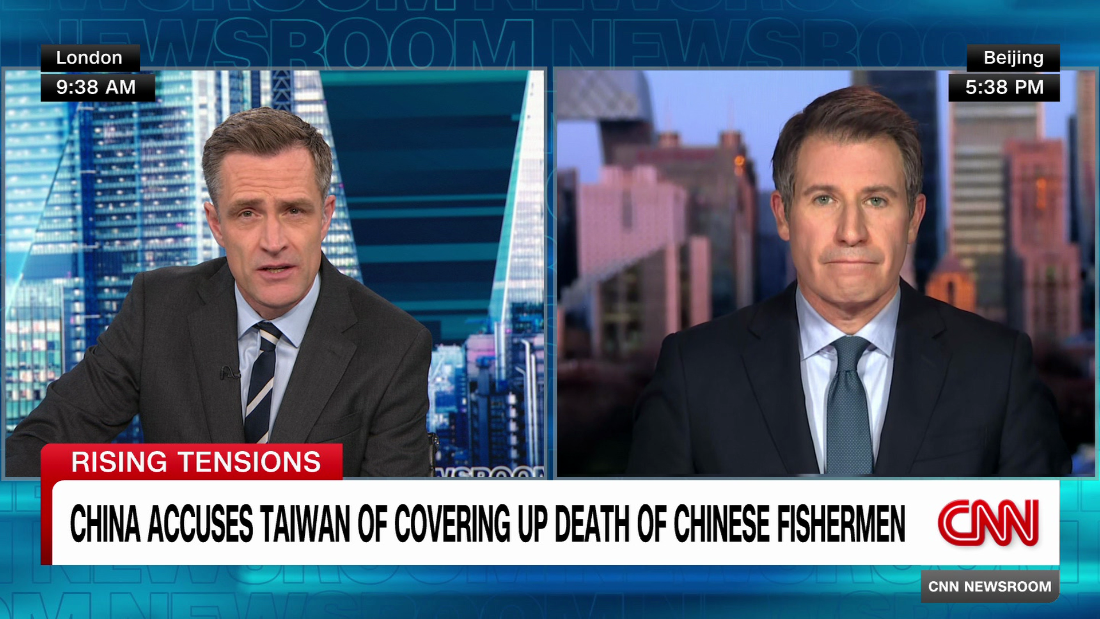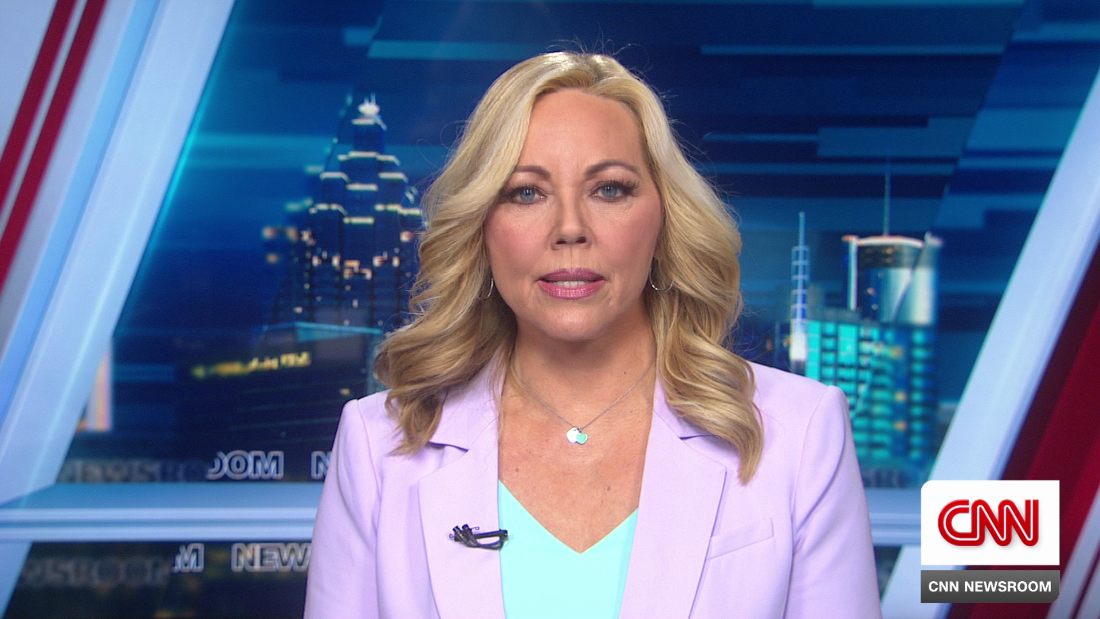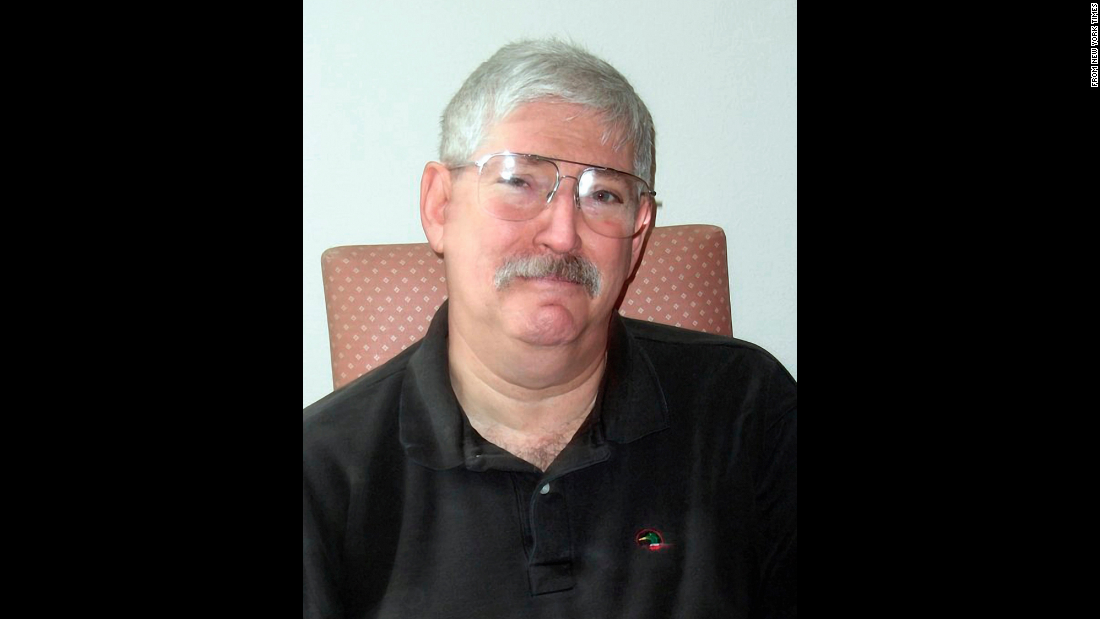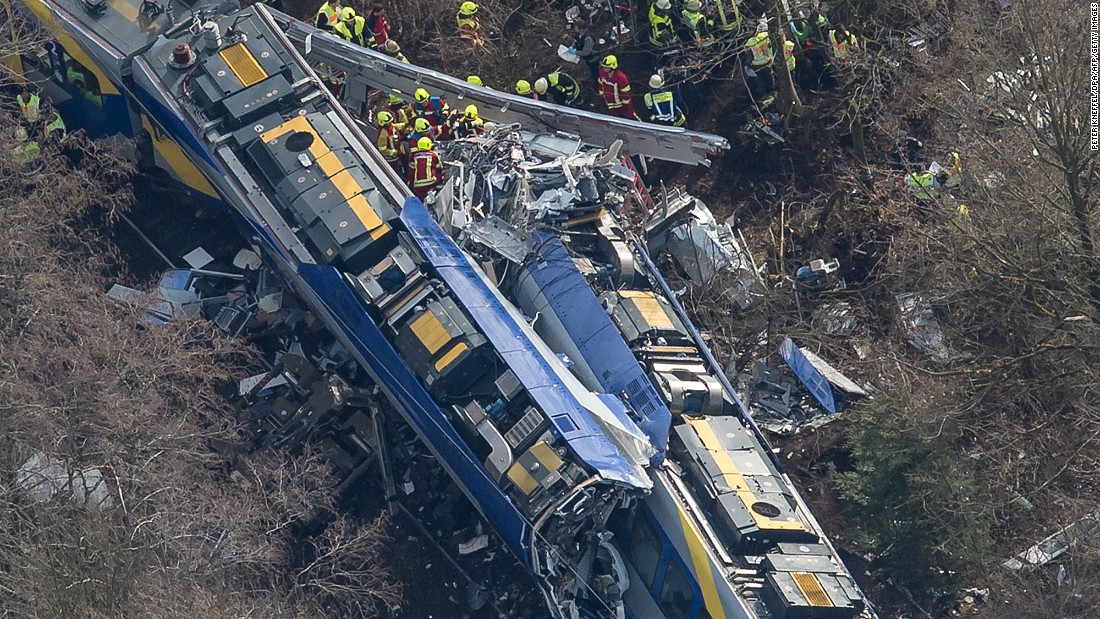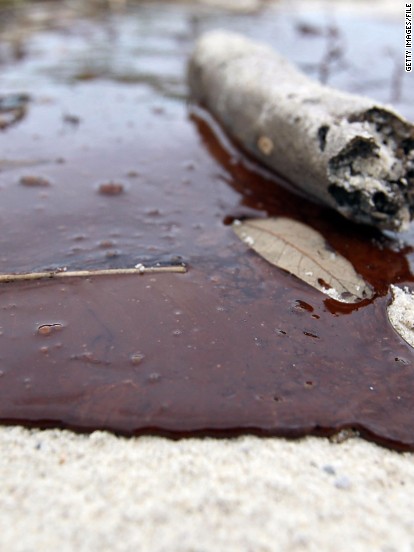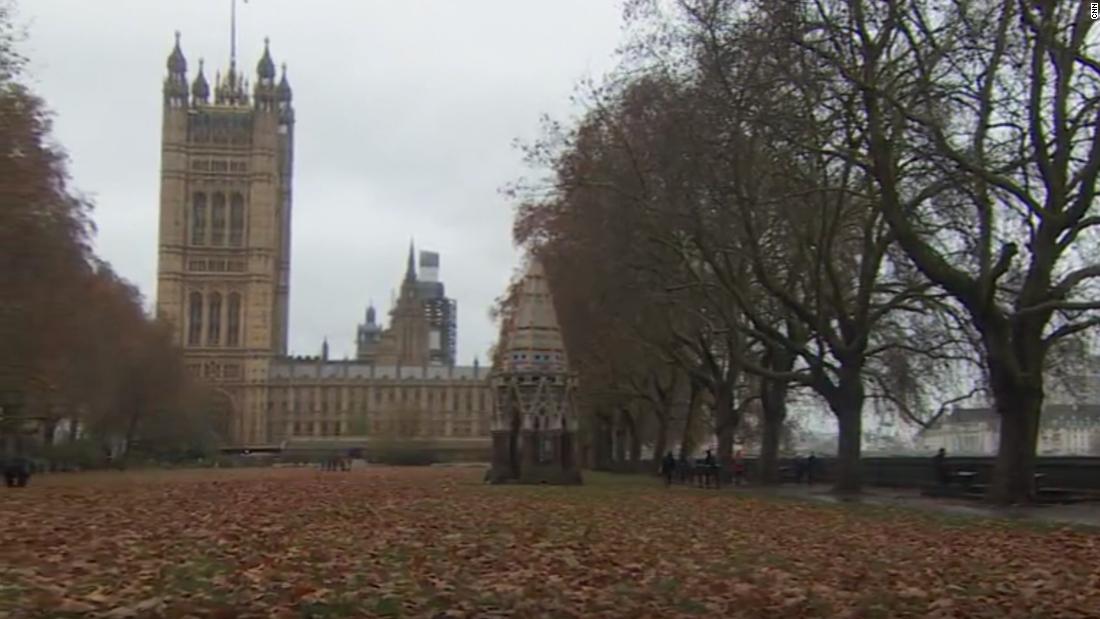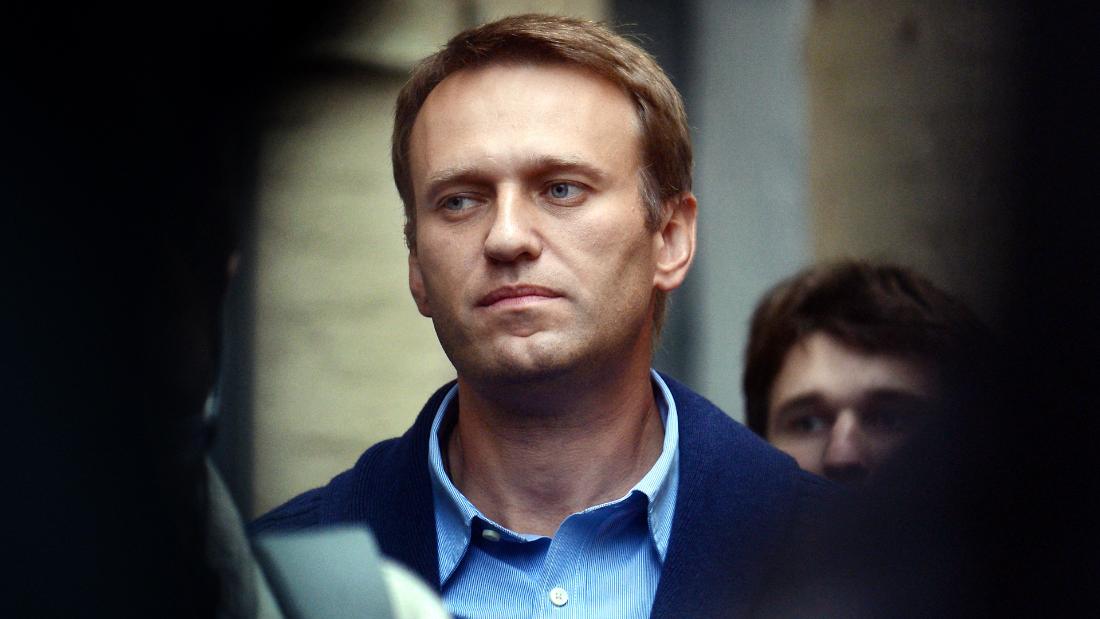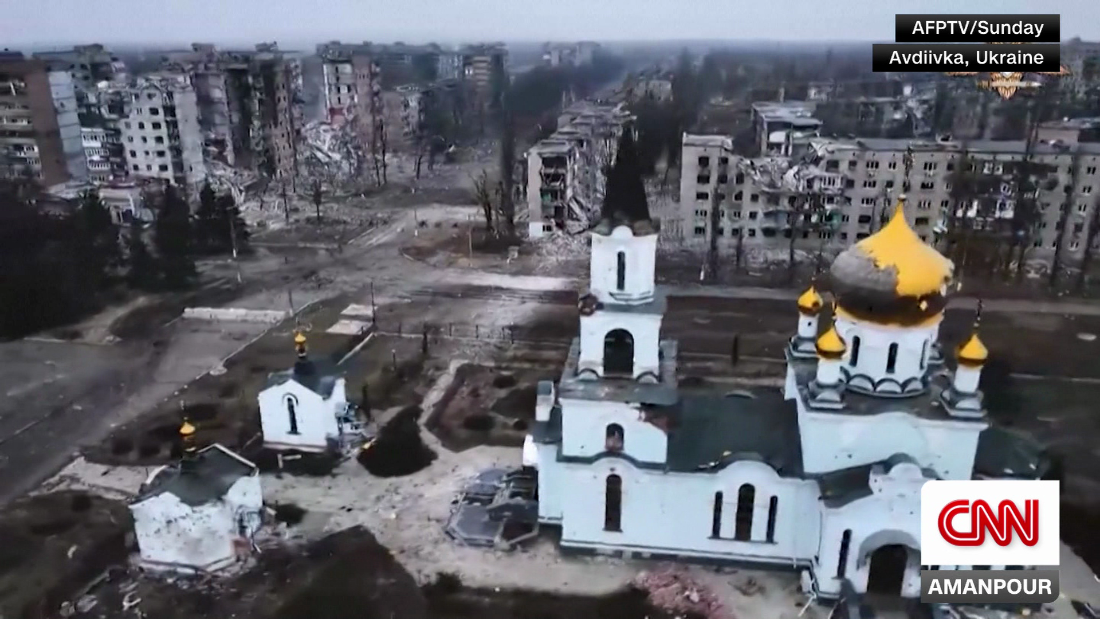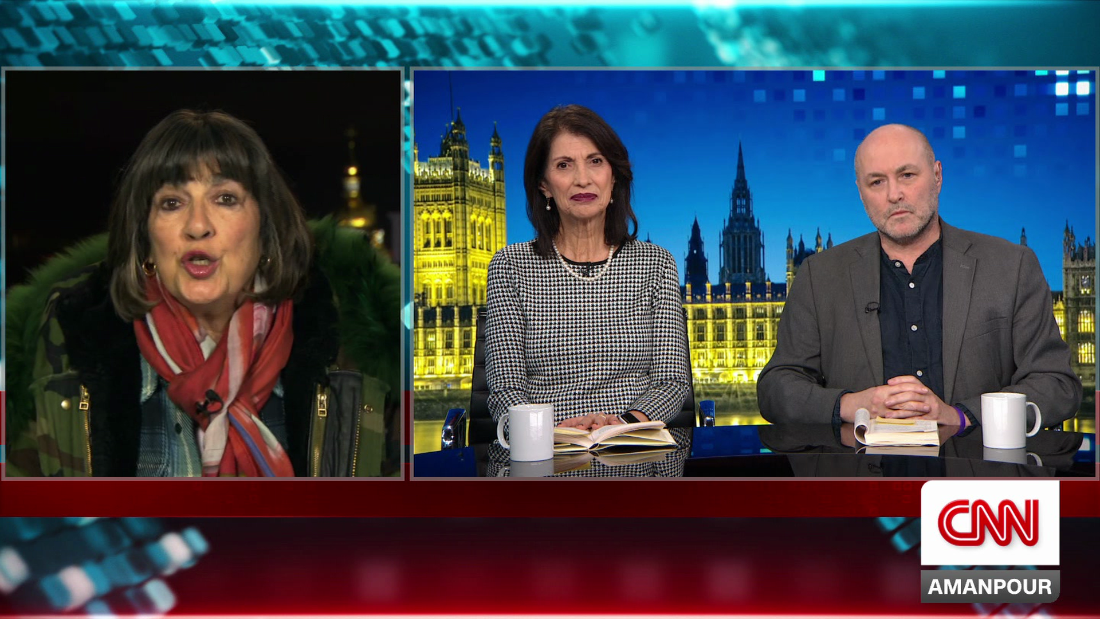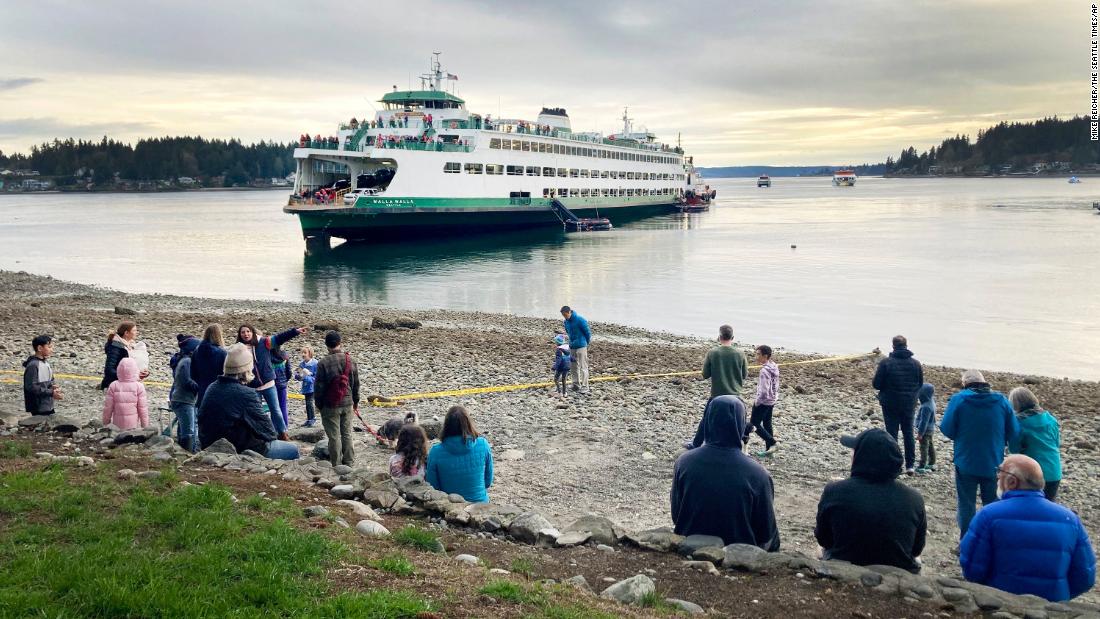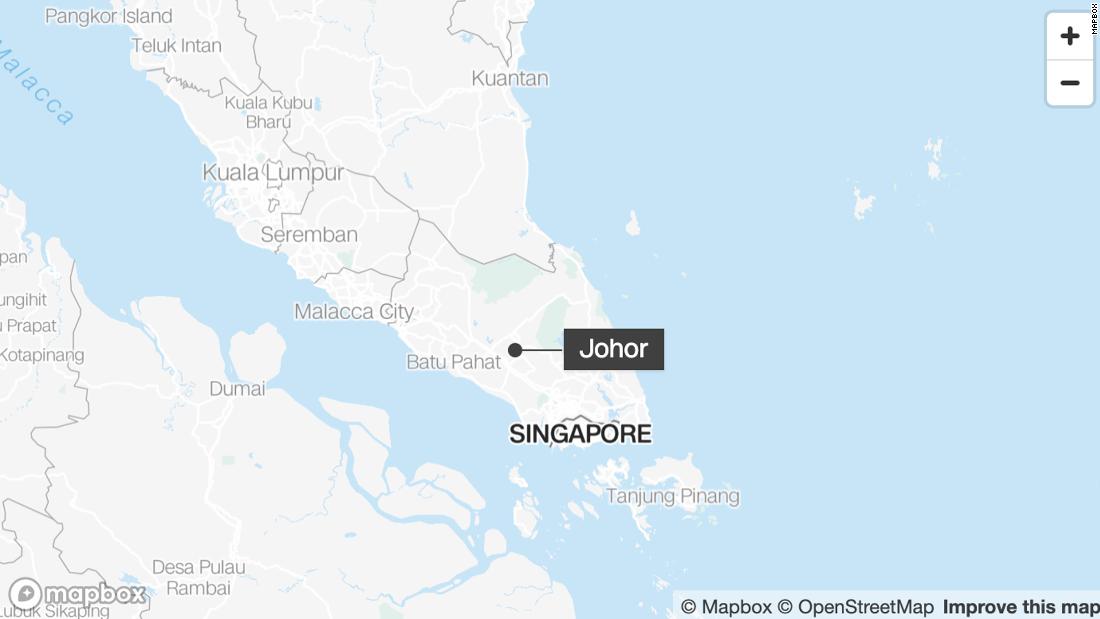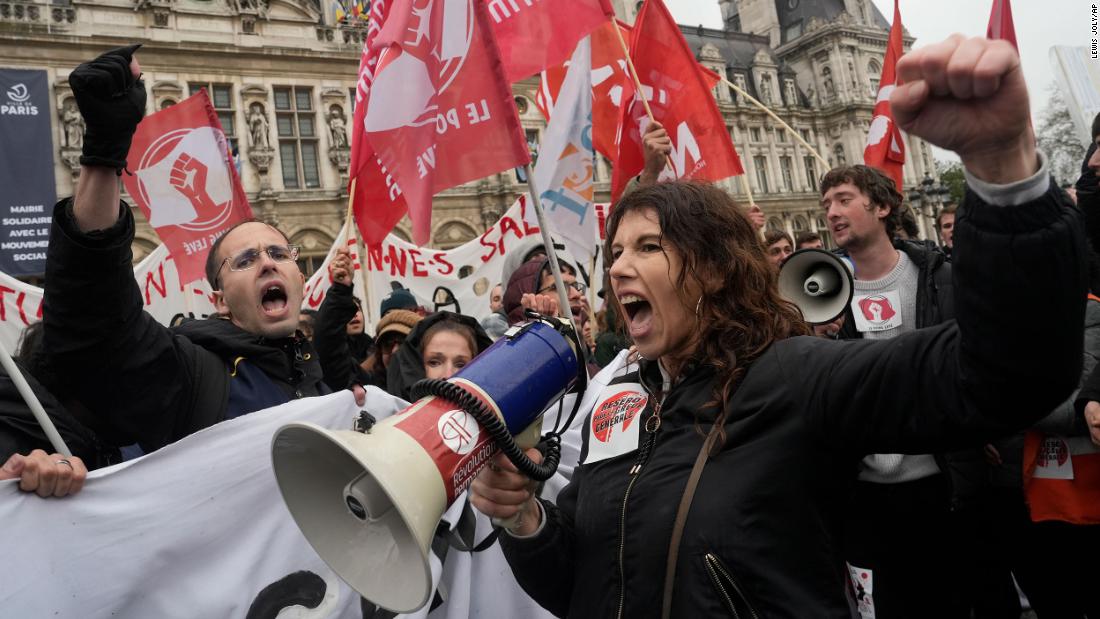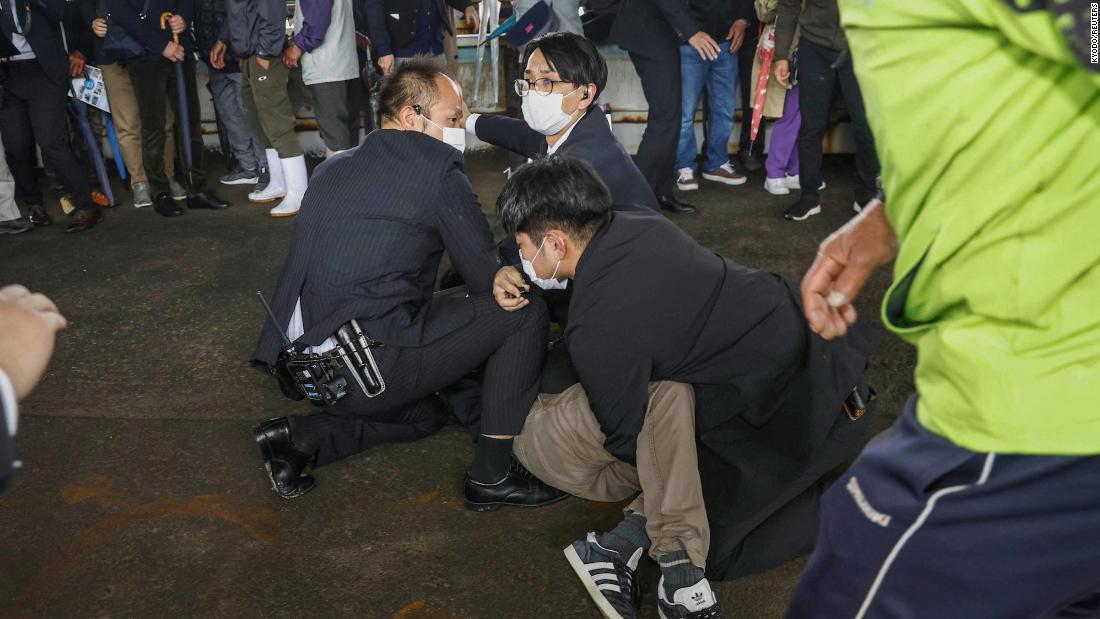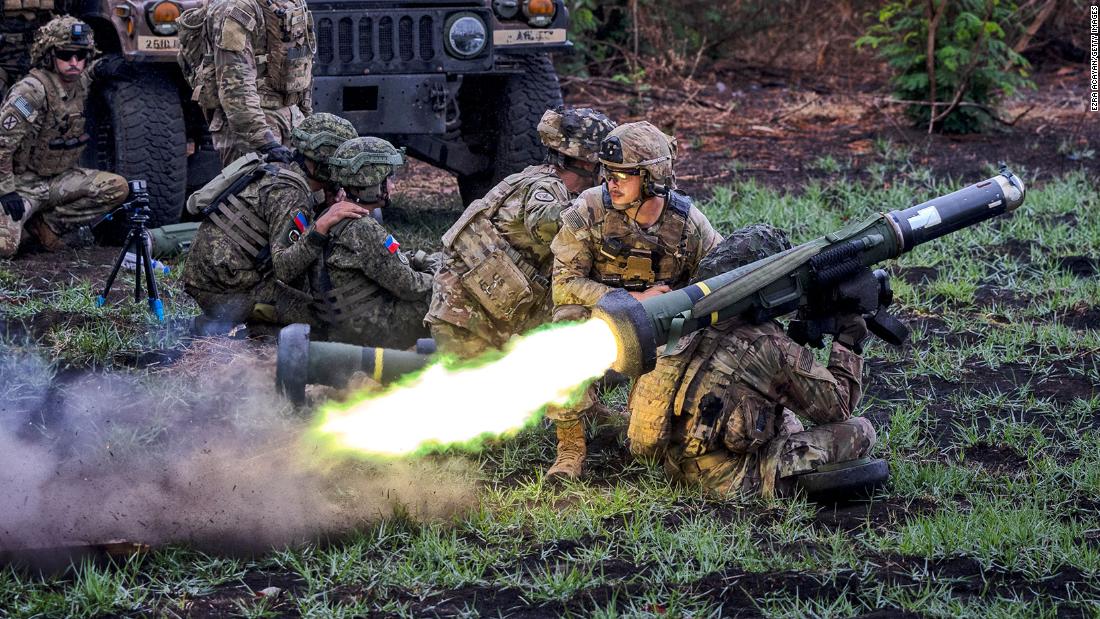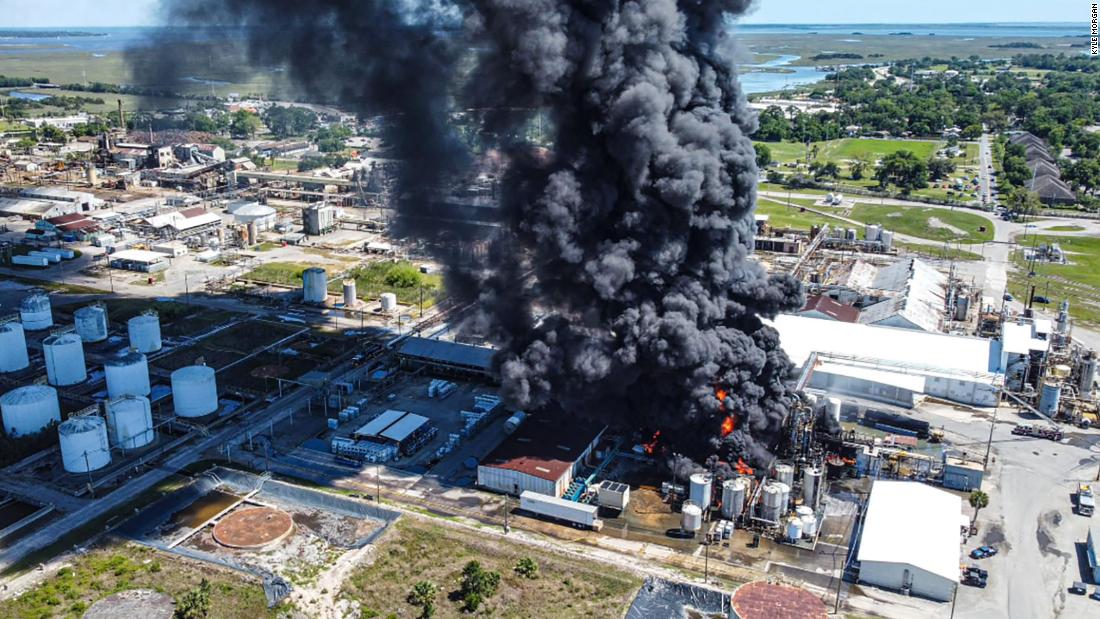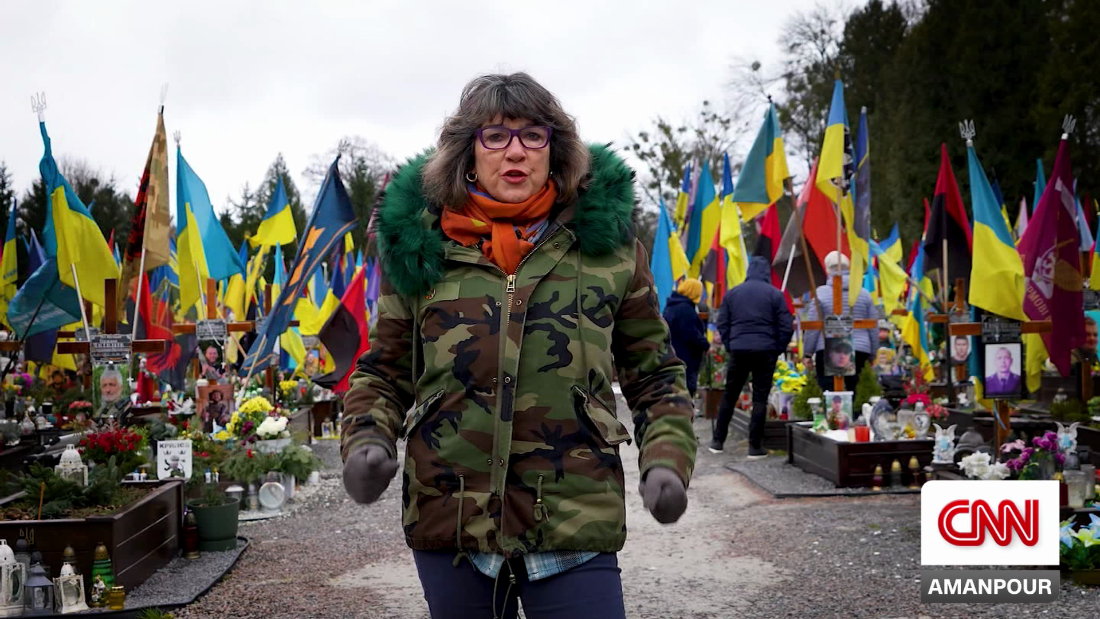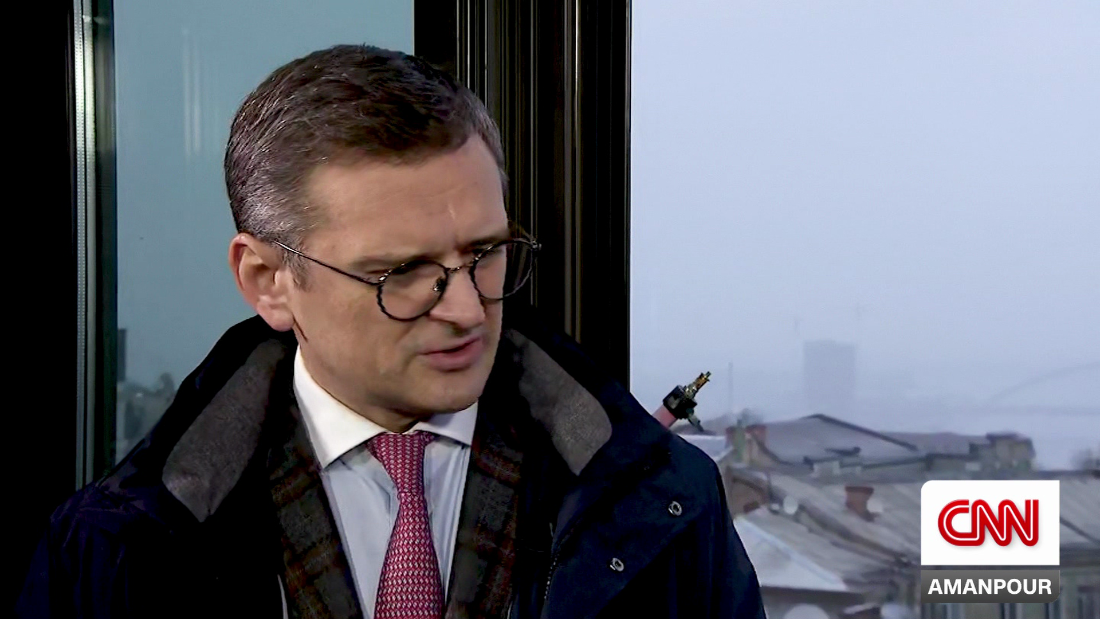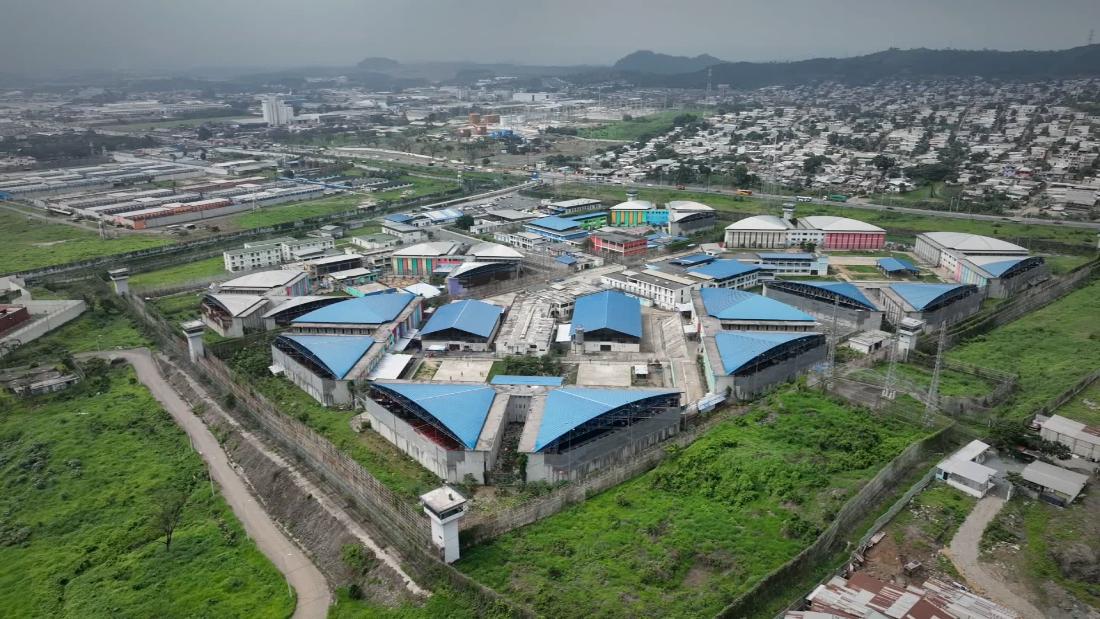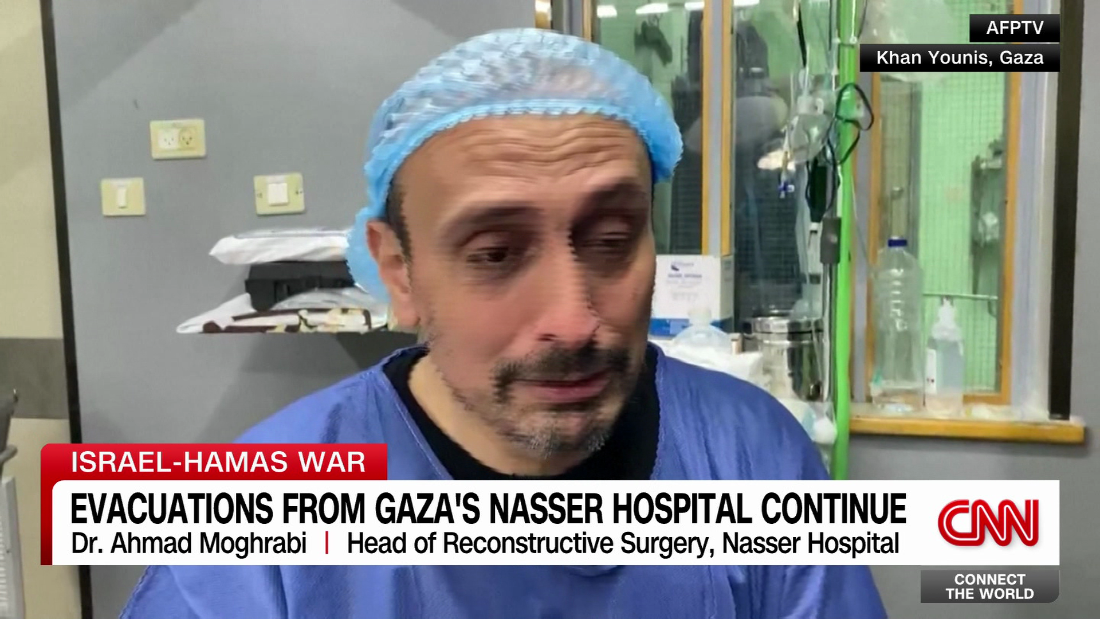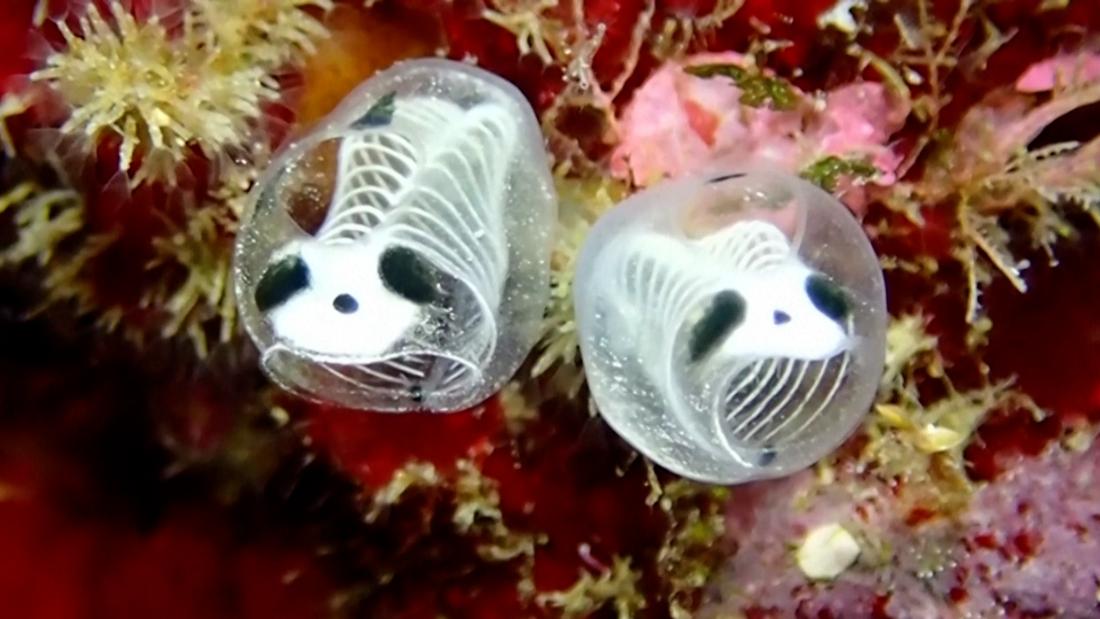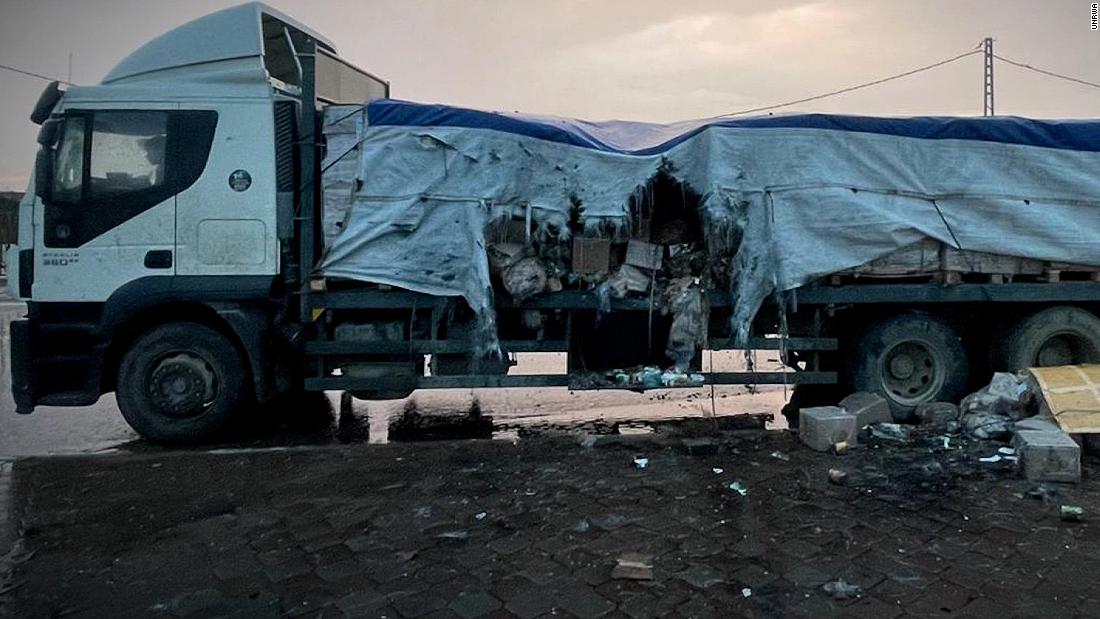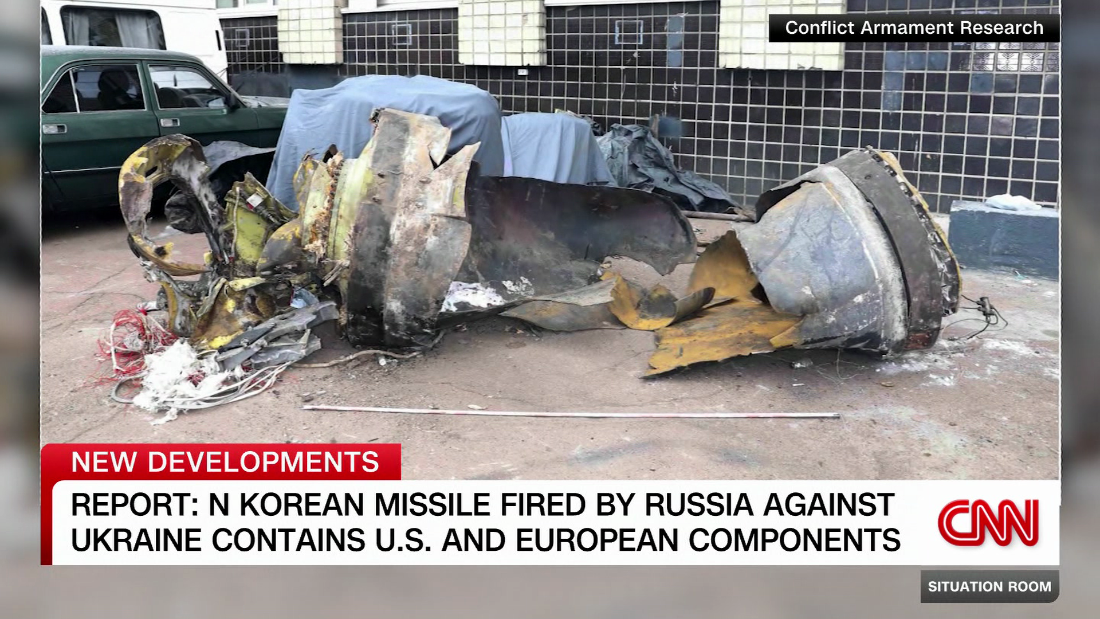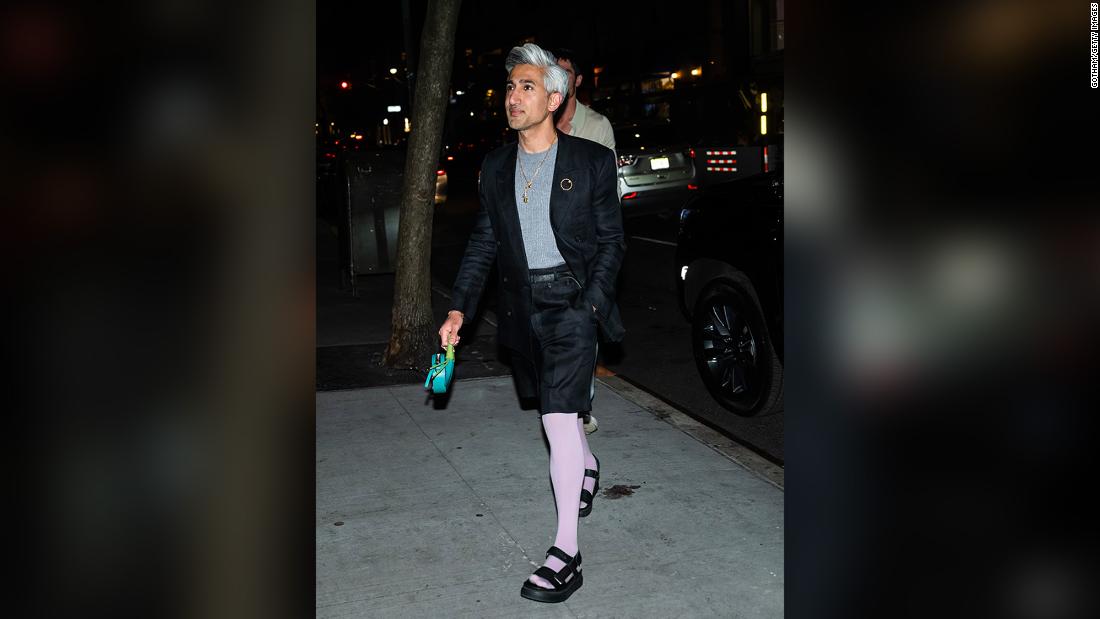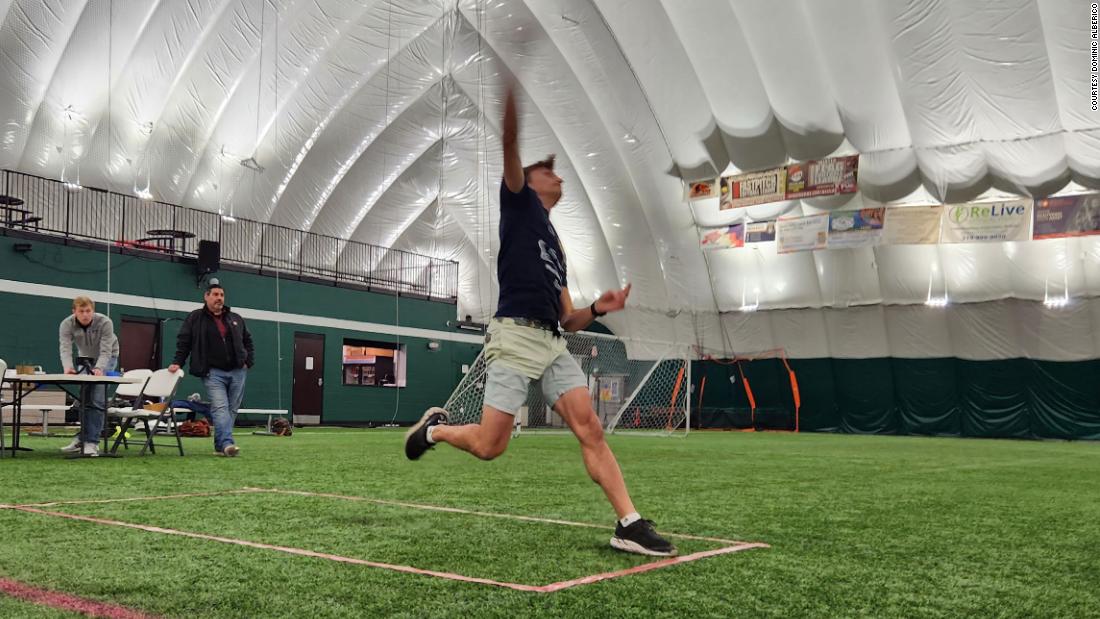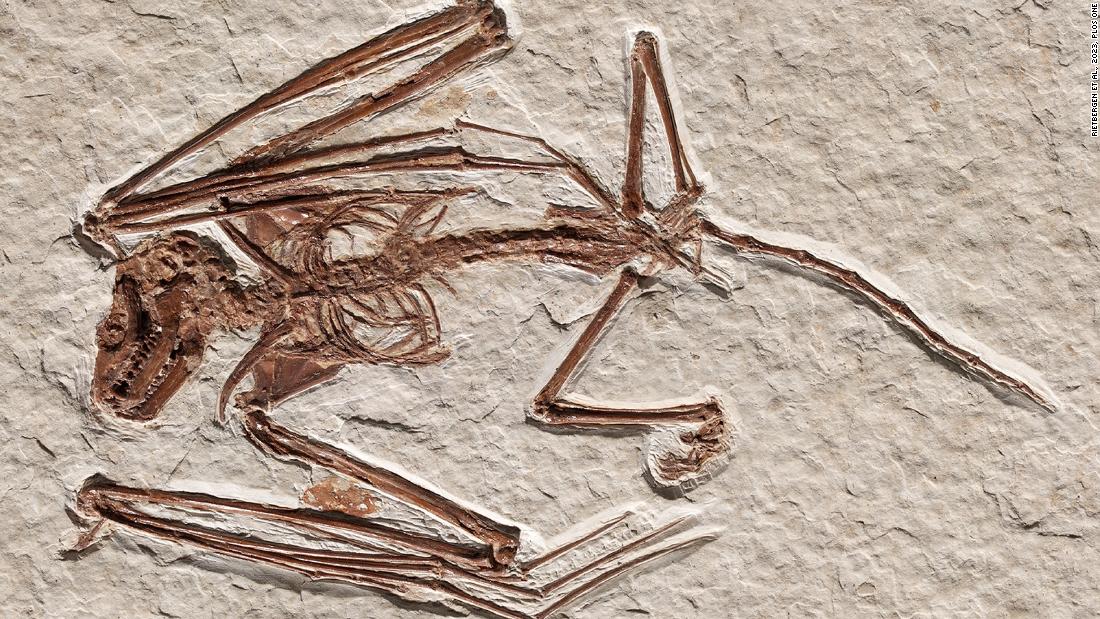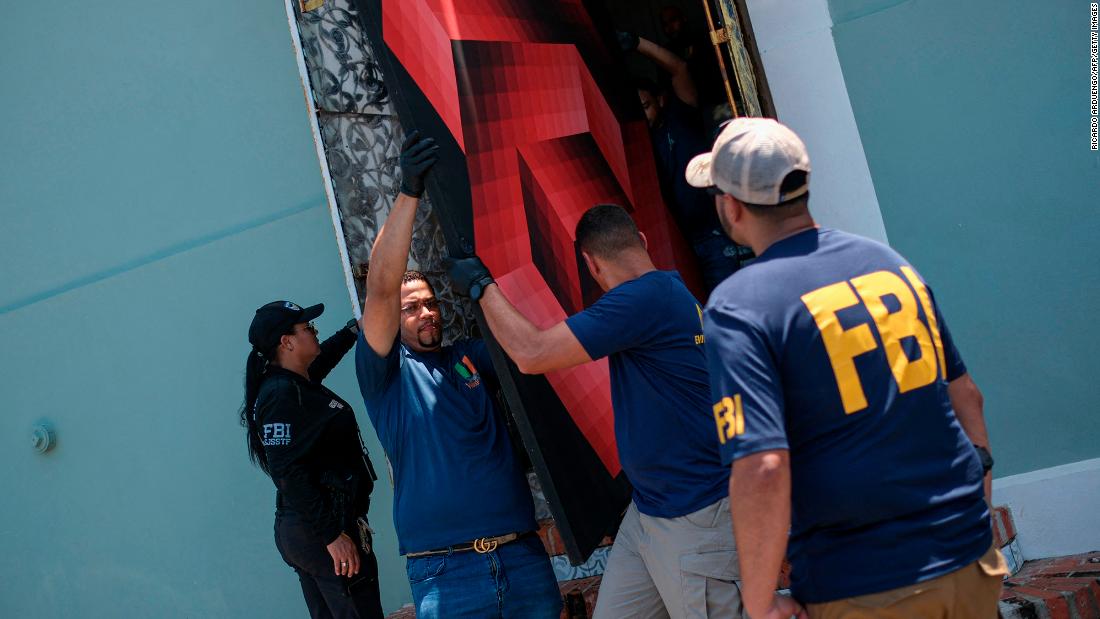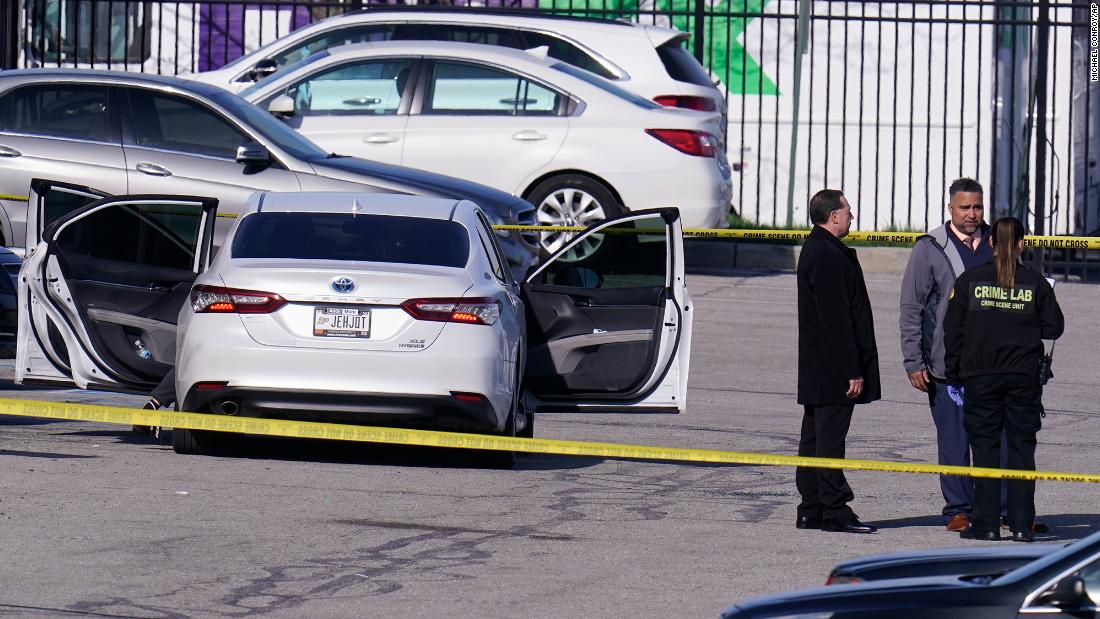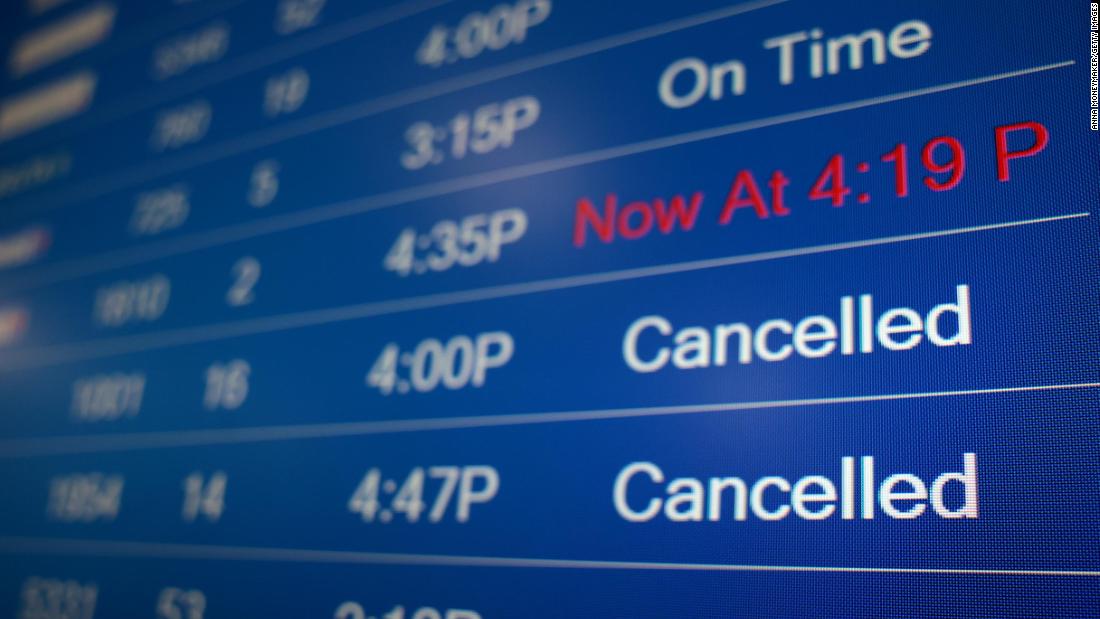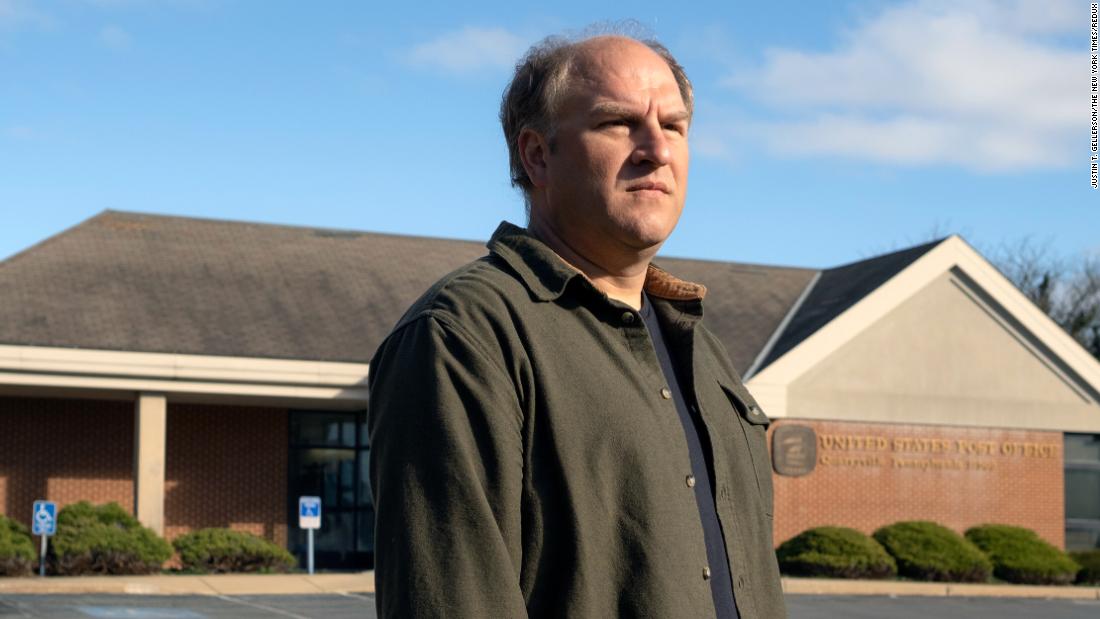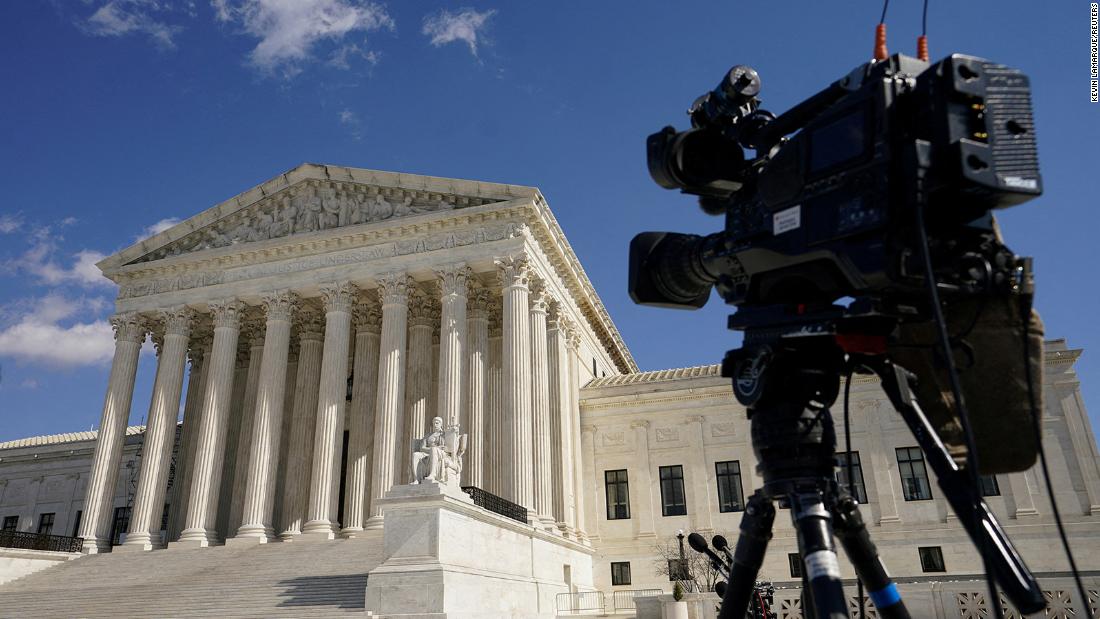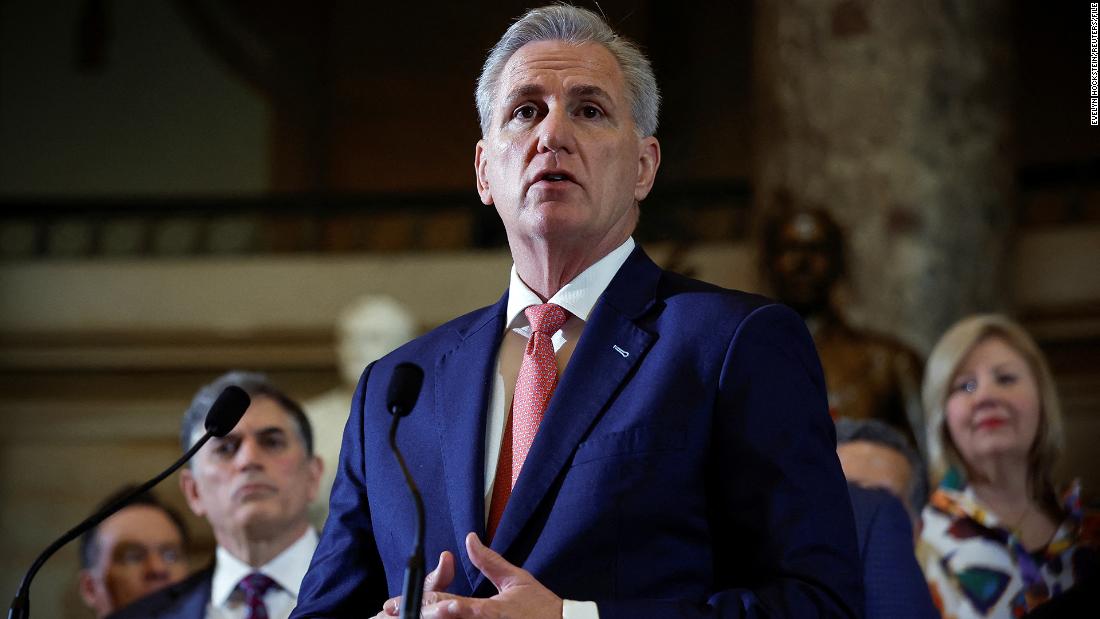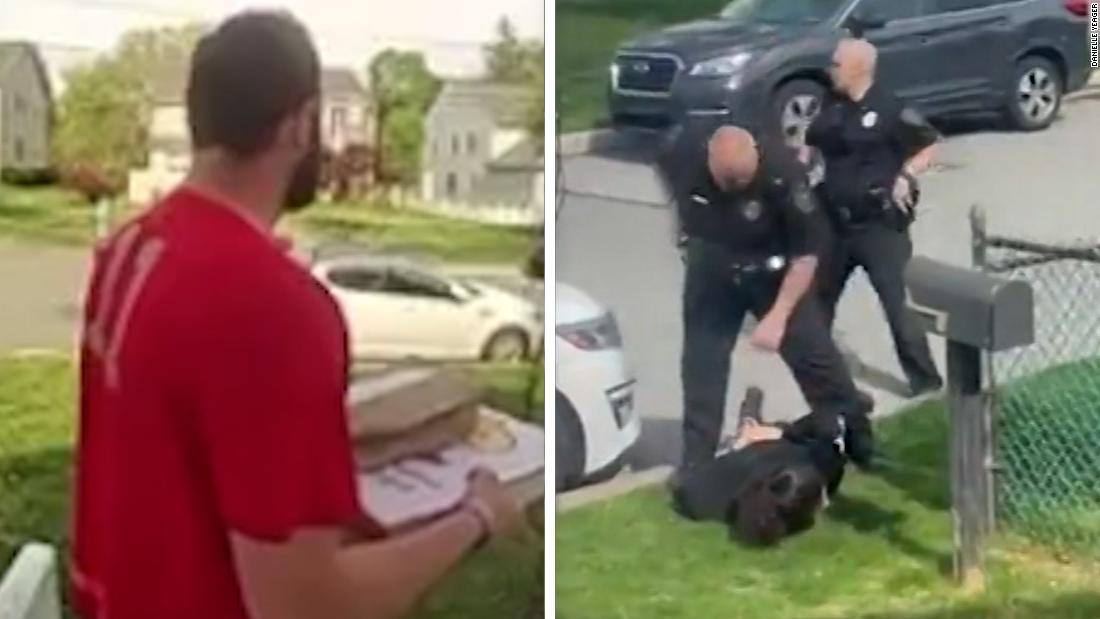A SNAPPED cable has been confirmed as the cause of the devastating Lisbon funicular crash that killed 16, the first official report has found.
It was also confirmed the emergency brake was activated – but this wasn’t enough to stop the hurtling carriage from crashing and killing passengers, including three Brits.
GettyThe carriage crumpled when it slammed into a building at speed[/caption]
UnpixsBrits Kayleigh Smith and Will Nelson pictured hours before they died in the crash[/caption]
APA Union Jack mini is among the tributes left at the site of the crash[/caption]
Kayleigh Smith, 36, and William Nelson, 44, died in Wednesday’s horrific crash along with another British victim who has not yet been named.
The two connected carriages of the Glória Funicular had travelled no more than six metres when they “suddenly lost the balancing force of the connecting cable”, the report from Portugal’s Aircraft and Railway Accident Prevention and Investigation Office (GPIAAF) said.
The vehicle’s brakeman immediately “activated the pneumatic brake as well as the manual brake”, but this had no effect in reducing the vehicle’s speed”.
Despite the application of the brakes, the upper carriage began to accelerate down the track before derailing at the bend and flying into brick buildings at 37mph.
It was about 50 seconds from the moment the cable snapped to the smash.
Since the disaster, questions had been raised about the fitness and upkeep of the iconic 150-year-old cable rail system.
However, officials have provisionally found that all maintenance was up to date and protocols had been followed.
Officials confirmed the a visual inspection had been carried out that morning, but the section of cable which broke was “not accessible for inspection without disassembling” the vehicle.
Also, it was found the broken cable “was within its useful life,” having been used for 337 days out of the 600 it was supposed to serve.
That means it still had a useful life of 263 days before it needed to be replaced.
This protocol had been used on the funicular for six years.
The family of the British couple killed in the Lisbon funicular crash today said they are “heartbroken” in a tribute.
Theatre director Kayleigh Smith and her partner, Will Nelson, a lecturer at Manchester’s Arden School of Theatre, were named as two of the three Brits who died.
In a statement issued by Cheshire Police, Kayleigh’s family said: “Kayleigh was loved by family and friends for her wit and humour, her kind and caring nature came to the fore in her work as a funeral operative.
“She was also a talented theatre director and had just completed a master’s degree. They both leave family and friends heartbroken.”
FacebookAlda Matias, who also worked at the Santa Casa da Misericórdia in Lisbon, was among the victims[/caption]
FacebookFormer volleyball referee Pedro Trinidade has also been identified as one of the victims[/caption]
Will’s younger brother said: “Words cannot begin to describe how our family and friends are feeling right now but here is the best attempt.
“This week, due to a tragic accident in Lisbon, Portugal, we lost Will Nelson, who was not just my big brother but everyone’s.
“He was always kind, selfless, and protective and the world does not feel right or normal without him. He was and has always been my hero, and we will miss you always.
“Love you, rest in peace you legend.”
The Brits died alongside five passengers from Portugal, two from each of South Korea and Canada, plus single passengers from Switzerland, Ukraine, France and the US.
APThe horrifying ordeal killed mainly tourists[/caption]
ReutersSixteen people were killed in the devastating accident[/caption]
Portuguese police confirmed that none of the 22 other people hospitalised were British.
The doomed carriage was packed with tourists who had been queuing for the 2,400ft ride from viewpoint down picture postcard Calcada da Gloria.
Marques controlled the routine descent by pulling a lever which normally hauls a counterbalanced carriage attached by cables from the bottom of the incline.
Witnesses said the downward tram suddenly broke free and began racing down the hill “at full speed” before flying into a building at a bend in the track.
In a shock twist amid confusion over casualty numbers on Thursday, a German man declared dead was found alive in hospital by his overjoyed family.
The family of the 46-year-old Hamburg man – father of a three year-old boy saved from the wreckage – were told he was among the dead and travelled to identify his body.
APWe now know a cable snapped, which caused the crash[/caption]
Expert analysis: What went wrong?
PROFESSOR Dave Cooper, Chair the British Standards committee for Cableways in the UK, told The Sun about what may have caused the tragedy.
The funicular was making its usual 2,441ft journey through the Portuguese capital just after 6pm local time.
It was reportedly full with at least 38 people inside, made up of locals and tourists, due to it being rush hour in the busy city.
The brake guard in charge of the funicular, named as André Marques, would have started the descent by pulling a lever to make the cart move along the cables above it.
The Glória line’s two cars are attached to opposite ends of a haulage cable with traction provided by electric motors on the cars that counterbalance each other.
As the journey down the hill started – a trip which should have taken two minutes and 12 seconds – the other tram started to come up like usual.
It is believed that a cable holding the lower streetcar snapped with witnesses hearing a “metallic thud” on the line.
Due to the two trams needing each other to work properly the initial error caused the second carriage to lose control.
Prof Cooper said: “It’s quite clear that the relationship between the two cars has been lost.
“And so, the car at the top seems to have broken free and come out of what we call the suspension.
“Its then literally rolled down the hill like a car with no brakes.”
Witnesses reported seeing the cable hurtling at full speed down the historic route.
Prof Cooper said the amount of people on board at the time and the pure weight of the car caused the speed to become deadly.
Towards the end of the line sits a slight curve in the road which the funicular has to navigate.
When the plunging streetcar reached this intersection it crashed into the curb and smashed into the buildings alongside the street.
Witnesses described the car crumpling like a “cardboard box” when it hit the wall of a hotel and came to an abrupt stop at around 6:05pm local time.
Prof Cooper explained: “When you’ve got somewhere around 12 tons of metal and people careering down a hill, trying to change direction is really, really hard.
“So the magnitude of those forces involved would just want the car to go straight on which is why it’s come off the track.
“It’s just an absolute tragedy.”
Published: [#item_custom_pubDate]












